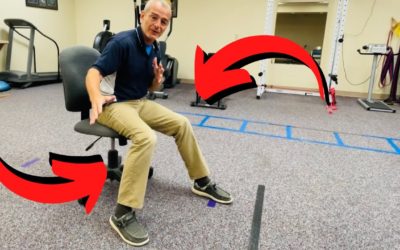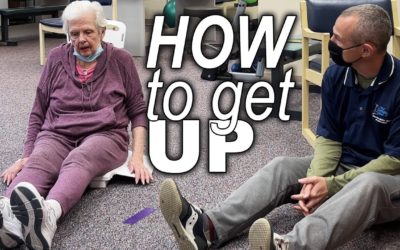How long should I ICE my knee after knee replacement?
Article Updated 06/08/2022
How long should I ice my knee after knee replacement surgery?
After a total knee replacement surgery many surgeons will often recommend icing the knee as often as possible.
In this article, I will review the current myths and misconceptions about using cryotherapy after knee replacement surgery and what is the number 1 reason to consider icing.
3 of the Most Common Myths Around Icing After Surgery:
- Icing reduces inflammation
- Icing reduces swelling
- Icing helps to heal injured tissue
3 Actual Truths Behind Icing After Surgery:
- Cold therapy will numb the superficial nerve endings which may reduce the experience of pain.
- Cold therapy provides a novel stimulus for the central nervous system and may interrupt the transmission of information being perceived as threatening.
- Cold therapy is inexpensive and easy to use at home. It is convenient and provides you with a sense of control which may help empower you to take control of your pain.
What does the research suggest?
A 2007 study determined that only an analgesic effect was demonstrated with continuous cooling. This study also determined that 4 degrees Celsius (39.2 degrees Fahrenheit) was determined to be comfortable for most patients. [1] A 2012 study analyzing the possible benefits of R.I.C.E. was inconclusive. [2]
How long should I place ice on my knee?
According to Therapeutic Modalities “Cryotherapy is usually applied for 20 to 30 minutes for maximum cooling of both superficial and deep tissues.” In many physical therapy clinics, the common recommendation is 10-minutes of sustained application. A couple of considerations to determine the length of time ice is placed on your post-surgical knee include
- How cold is the ice pack?
- Are you placing a piece of cloth or other covering between the ice and your skin?
- Are you applying ice to a part of the body with a thicker fatty tissue layer?
When should an ice pack be avoided?
The following table comes from Therapeutic Modalities section II page 168 –
Myth Buster #1 – Cryotherapy does not reduce inflammation.
Inflammation is a chemical process within the body and is largely regulated by the immune system. Placing an ice pack on the skin to change the skin’s temperature will not significantly impact the chemical response to tissue injury and repair known as inflammation.
Myth Buster #2 – Icing reduces swelling
Swelling and edema are also regulated by chemical changes at the site of injury. Changes in temperature applied to the skin can not significantly change the chemistry deep under the skin. If a noticeable change in swelling is noted upon removal of an ice pack it is largely due to the mechanical compression of the ice pack squeezing the fluid out of the area and not due to the cold temperature of the ice pack.
Myth Buster #3 – Icing improves healing.
Since the healing response is autoregulated by the body’s immune system, changes in superficial skin temperature have not been shown to significantly affect healing times. The best-known evidence of healing tissue following surgery includes a short episode of rest followed by an active recovery guided by a physical therapist, occupational therapist, or other qualified healthcare professional.
Summary:
Based on the available evidence, I would recommend using either cold therapy or heat therapy solely for an analgesic benefit. I would advise against taking time away from a more active recovery to sit with an ice pack or heating pad on your knee. If cold or warmth feels good and helps bring relief between bouts of activity these modalities are generally considered low risk for complications and inexpensive.
The bottom line is to do what feels good while you are resting, but stay active and keep moving when possible.
Facebook Group Comments
Another trick that helped me, was carrying an old fashion ice bag around and keeping ice on my knees all day even while going on excursions. Most restaurants and QT‘s gas station will let you fill up a cup and pour it into your ice bag. This bag CVS
Cited References:

Anthony Maritato, PT
Physical Therapist
Anthony Maritato, PT has been a licensed physical therapist and private practice owner since 2006. Ohio license #PT011602.
Anthony has been passionate about helping patients recover from total knee replacement surgery as well as rotator cuff repair surgery.
About the Author -
Anthony Maritato, PT has been a licensed physical therapist since 2006. He specializes in post surgical care and rehabilitation of total knee replacement and rotator cuff repair surgery.
Mr. Maritato is also nationally recognized as a therapist educator teaching courses related to Medicare reimbursement, contracting, and documentation.
Total Therapy Solutions LLC is Tony's primary practice which he owns with his wife Kathy who is also a licensed physical therapist.
More Blog Posts …
Best Knee Massager for Arthritis in 2022
Choosing the Best Knee Massager for Arthritis In order for you to choose the best knee massager for arthritis, it is important you understand the different types of knee massagers and the different types of arthritis. Osteoarthritis Osteoarthritis (OA) is one of the...
Buying an Ebike After Total Knee Replacement 2022 [VIDEO]
2022 Ebike After Total Knee Replacement Surgery Buying an ebike after total knee replacement surgery can be an amazing way for anyone who loves cycling to resume riding a bike outdoors sooner than expected.Can you ride an ebike after total knee replacement? Yes,...
Best Handmade Crutch Bags on Etsy
Best Handmade Crutch Bags on Etsy These are the coolest handmade crutch bags on Etsy because they are handmade and more importantly made by a patient of mine. * Disclosure: I am not paid to promote this product. I just think it is super cool when someone creates...
Why do people hate physical therapy so much?
Do people REALLY hate physical therapy? A recent Quora post I saw asked the question "Why do people hate physical therapy so much?" I think it boils down to a loss of control and the following three aspects: not knowing what to expect, not knowing how much it will...
KNEE PAIN – Why Does My Total Knee Replacement Still Hurt So Much
Pain is complex and multifaceted. If anyone claims to have a simple solution they are either misguided or misdirected.
If you have questions about pain please talk to a professional. Keep asking questions. You deserve support.
What is a Heel Prop for Knee Extension [Video]
Heel Prop for Knee Extension Heel prop for knee extension is a great exercise to perform following a total knee replacement and ACL reconstruction surgery. The exercise may be performed while in a sitting or supine position.https://youtu.be/_Ql-TrBFRQE1. Passive Heel...
What Do I Need at Home After Total Knee Replacement: Day 1 to Week 12
What do I need at home after total knee replacement surgery? (Day of Surgery) Your surgical team should have provided you with a comprehensive checklist of required items you will need for home after your total knee replacement surgery. They will also provide you with...
Total Knee Replacement Exercises Week 1 – Ask Doctor Jo [VIDEO]
https://youtu.be/yL5maSn3M-gOriginal Reference: YouTube Channel Ask Dr. Jo Publish Date: Apr 11, 2016No Pain No Gain Unlike most of the other advice you will find on this website, Dr. Jo says a total knee replacement exercise is a time for punching into the pain. The...
Stool Scoots Exercise aka Chair Scoot Exercise | AMAZING Knee ROM 2022
What is the Chair Scoot Exercise? The chair scoot exercise is a great exercise for anyone who has had arthroscopic knee surgery or a total knee replacement. It is a great option for people who have had a partial knee replacement as well. It is a simple exercise to...
3 BEST Ways to get up from a Fall After Knee Replacement Surgery
How Common Do People Fall After Knee Replacement Surgery? A fall after knee replacement surgery is fairly common. One study found that "the number of falls reported following TKA ranges between 14.1 and 38.3%." Link What can cause a Fall After Knee Replacement Early...
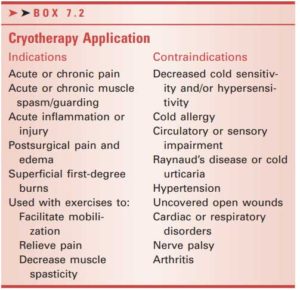
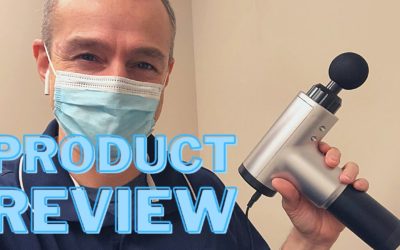
![Buying an Ebike After Total Knee Replacement 2022 [VIDEO]](https://totaltherapysolutions.com/wp-content/uploads/2022/10/EBIKE-After-Total-Knee-Replacement-400x250.png)
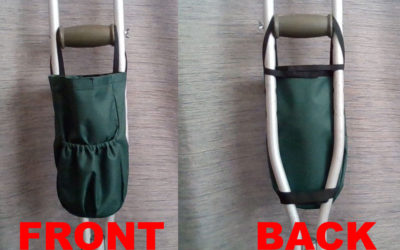

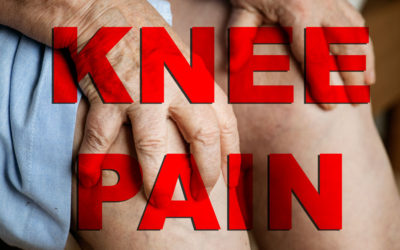
![What is a Heel Prop for Knee Extension [Video]](https://totaltherapysolutions.com/wp-content/uploads/2022/10/Heel-Prop-for-Knee-Extension-400x250.jpg)
